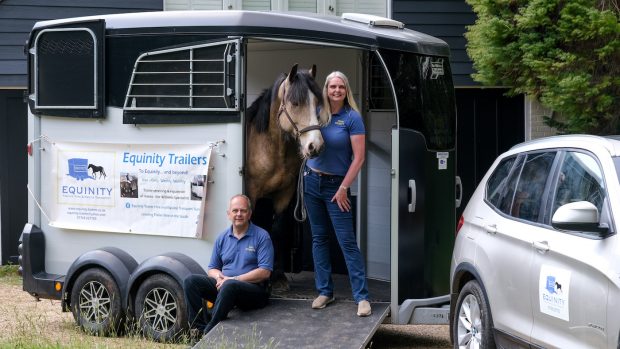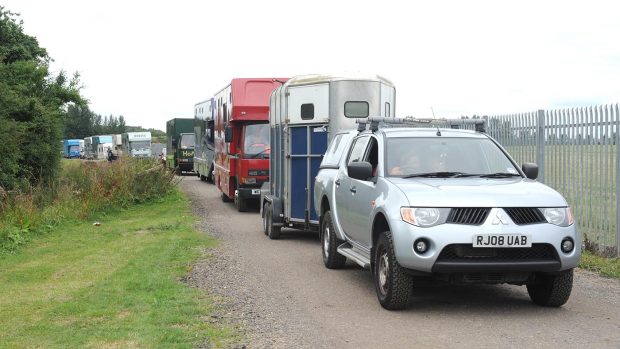Regular horse trailer maintenance is vital to ensure the safety of your horse and other road users. Towing expert John Henderson advises owners to familiarise themselves with their trailer’s handbook and to make the following vital checks before hitching up and driving away.
Before every trip
When the tyres are still cold, check the pressure on your car and trailer tyres using a pressure gauge. If you can’t find your car manufacturer’s recommended tyre pressure for towing or for a full load, inflate your car’s rear tyres to 3psi above normal, so long as it is within the maximum shown on the tyre wall.
Also look for wear and damage on your trailer’s tyres — typical warning signs include sidewall cracks, bulges and cuts. Never use an inner tube on a trailer wheel — they will deflate suddenly, if punctured.
When you hitch up, ensure all the lights and indicators are working, and that there are no loose or damaged fittings. Grease the towball before use and check it for wear — have it measured by a garage, or by a caravan or trailer dealer if you’re not sure. Worn towballs can lead to trailers breaking free from the towing vehicle.
Every three months
The hitch cup should be cleaned with white spirit. When dry, smear clean grease in the cup and oil moving parts.
Check ramps for damage and rot. If they are beginning to flex more than they used to, have them replaced.
Lift up the rubber matting that covers the floor and inspect floors from above and below for damage and rot, using a screwdriver to prod suspect areas.
While the mats are out, clean and disinfect the floor, replacing the matting only when it has dried. Do not use a trailer without rubber matting — it helps to spread loads and absorb impact.
Every six months
Remove lamp lenses and clean the insides, removing corrosion from bulb contacts. Clean the plug and car socket contacts using fine emery paper, or a Hella Kleenaplug, which can be purchased from caravan dealers. Protect contacts with WD40 spray.
Aluminium floors tend to be more resistant to deterioration than wood, but they still need checking and cleaning. They can be damaged by horses kicking them and may corrode.
After 500 miles
Trailer brake-shoe wear should be checked and the brakes adjusted.
Every 2,500-3,000 miles
Use a grease gun to inject grease into the nipples on the drawbar housing behind the hitch. Some trailers also have a nipple underneath, on the pivot of the lever that links the brake cables with the end of the drawbar.
Adjust trailer brakes and check brake shoe wear. Shoes need to be replaced when the friction material is down to 1.5mm.
Every two years
If your trailer is an old model, you may need to adjust and re-grease wheel bearings — newer ones are now fitted with sealed-for-life wheel bearings.



